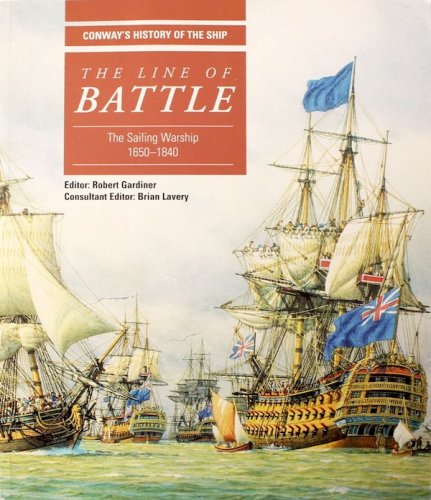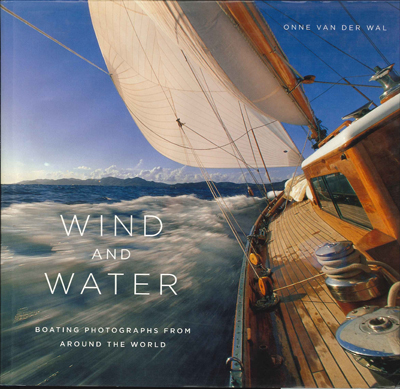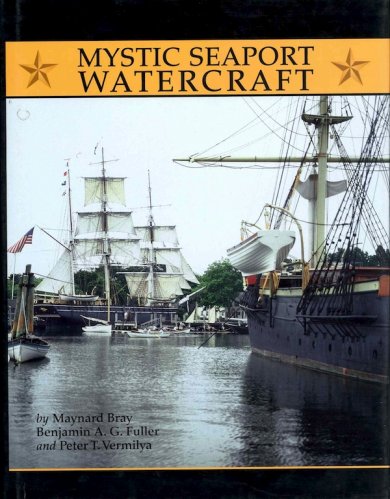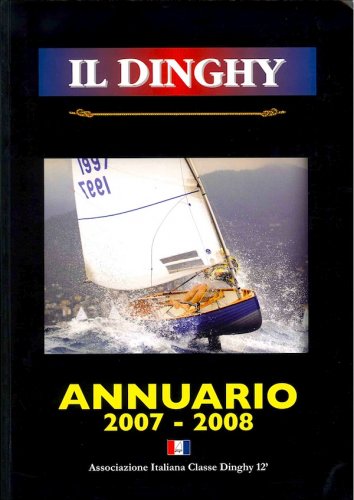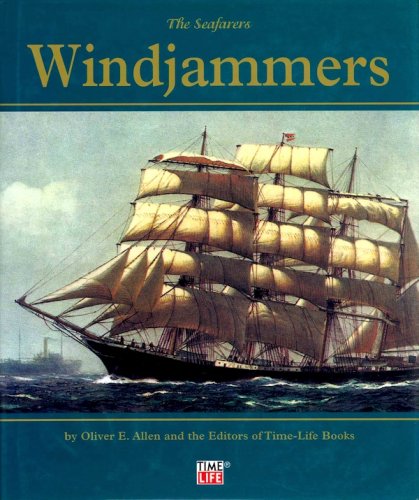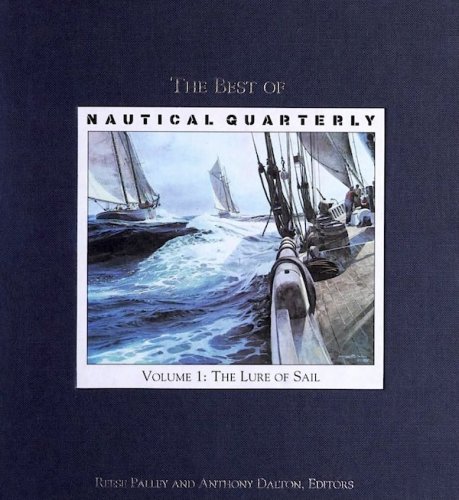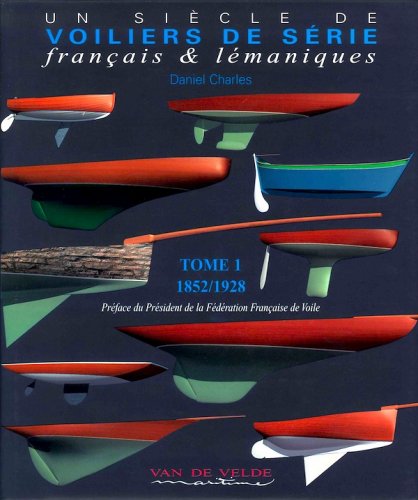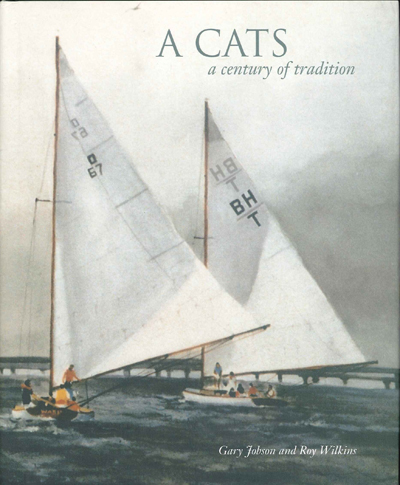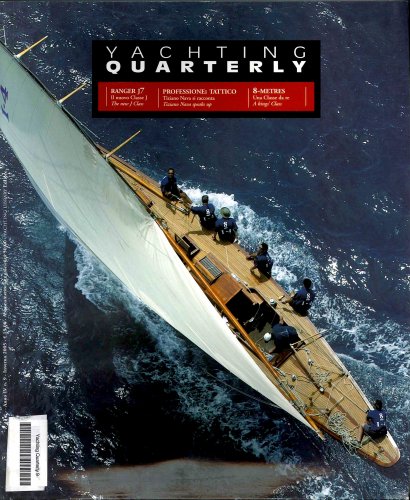Line of battle
the sailing warship 1650-1840
Line of battle
the sailing warship 1650-1840
- Disponibile in 7 giorni
- Possibilità di reso entro 10 giorni lavorativi
- Transazione sicura con carta di credito, Paypal o bonifico bancario
- Spedizione tracciata con SDA
Although purpose-built fighting ships had existed earlier, the principal characteristics of the classic sailing warship were only defined in the mid-seventeenth century, when the emergence of strong central governments, as in Cromwell's Commonwealth or the France of Louis XIV, combined with the novel line-ahead tactics to produce, for the first time, national fleets of reasonably similar line-of-battle ships. As the battleship became more distinct, the need for a specialized cruising ship became apparent - particularly as warfare became more global - and from this the frigate was born. Gradually during this period, myriad types of crafts were adapted for naval use. The central emphasis of this volume is the increasing specialization of the fleet and the evolution of each ship type, down to the period when the installation of the steam engine sparked another revolution in tactics and technology. While some naval historians have imparted little relative importance to this era, it will be clear from the chapters that follow that between 1650-1840 the wooden warship became not only larger, better constructed and more powerfully armed, but the very nature of its capabilities was changed dramatically. From being little better than a coastal, summer-only force, the battlefleet and its consorts developed into a powerful and flexible weapon that could be employed in virtually any seas, in all but the heaviest weather, all year round. The worldwide campaigns of the late eighteenth century, or the ceaseless drudgery of blockade duty, were only made possible by enhanced seaworthiness and more rugged construction, so with this instrument, sea power became a far more powerful and influential factor in world history. Lavishly illustrated, this informative reference guide includes over 175 drawings, 35 black-and-white photos and over 25 tables. It is a must for anyone interested in a detailed account of a technology that has shaped human history.
Autore
Ean / Isbn
978085177954
Pagine
208
Data pubblicazione
01/11/2004

